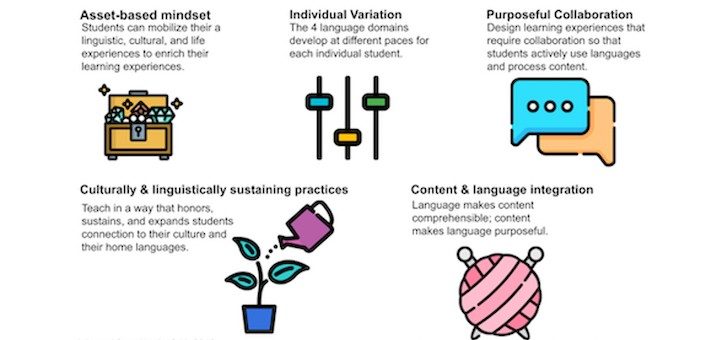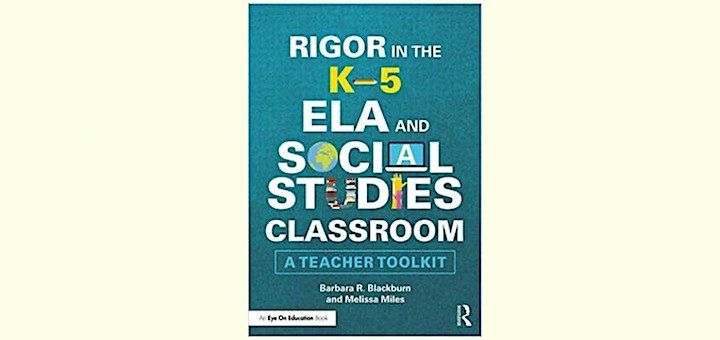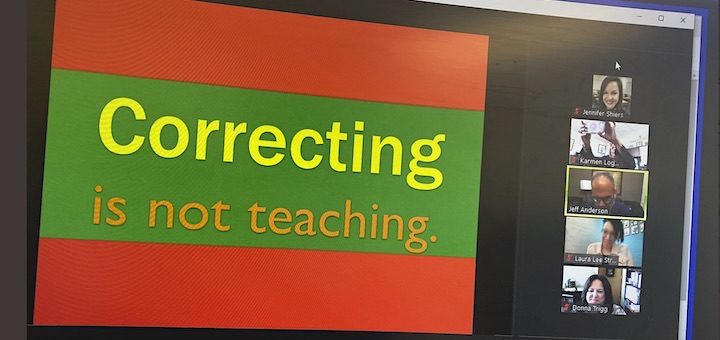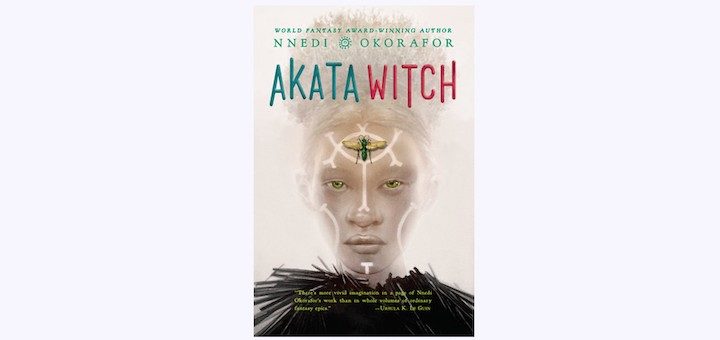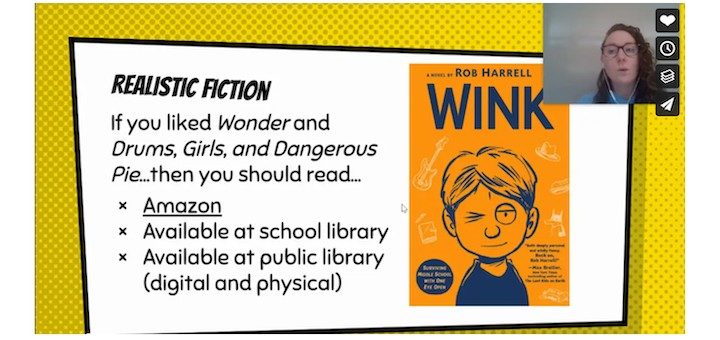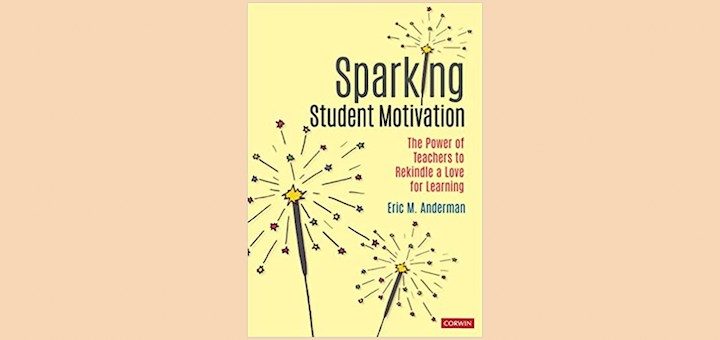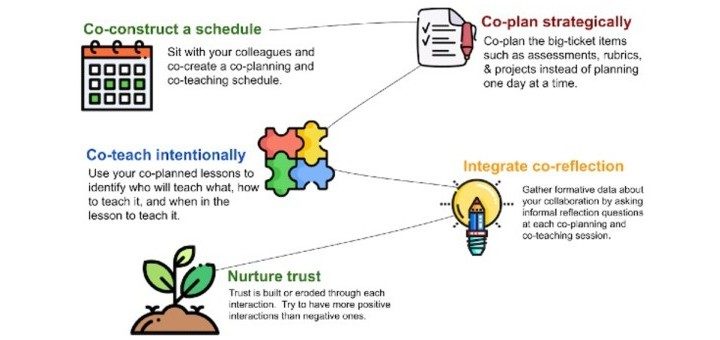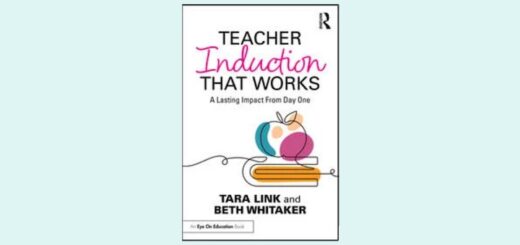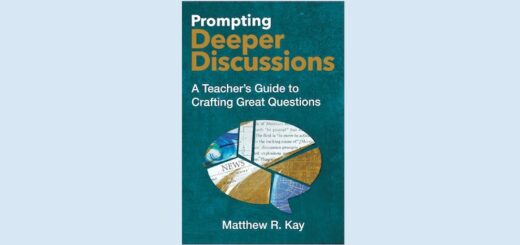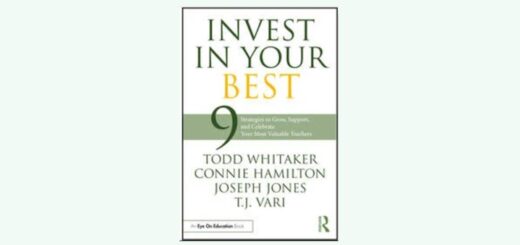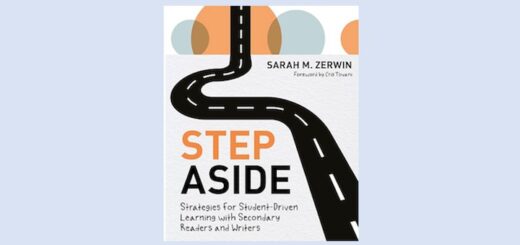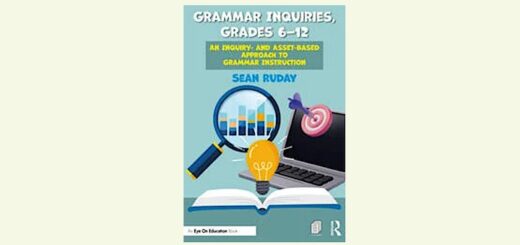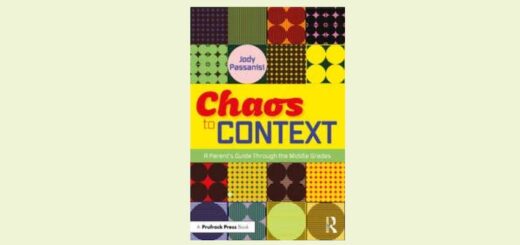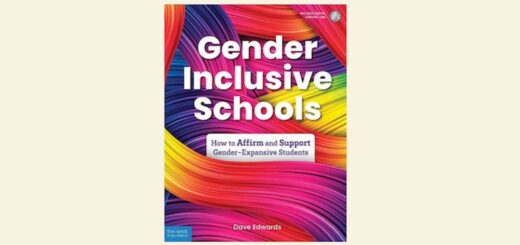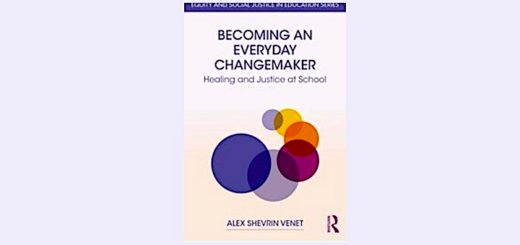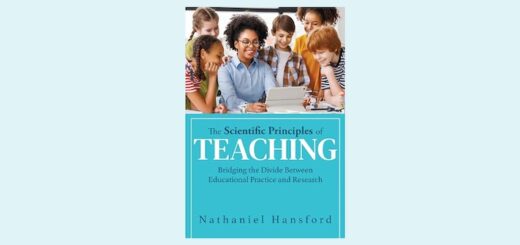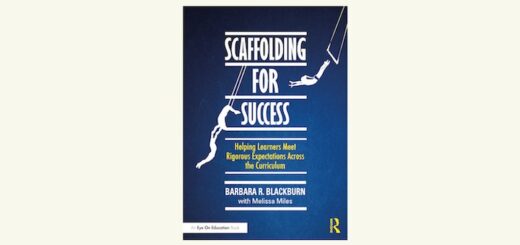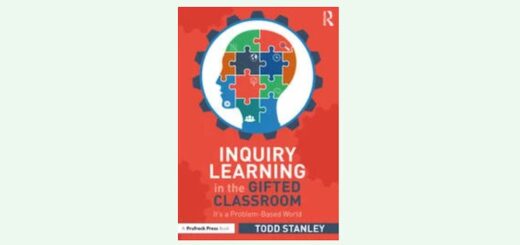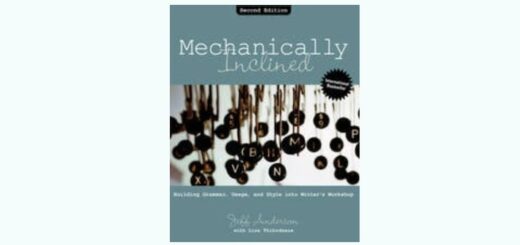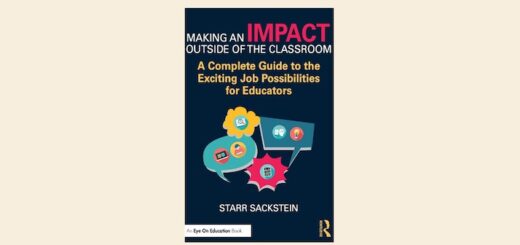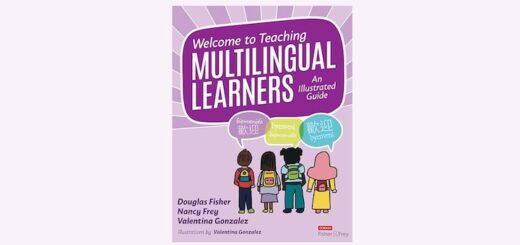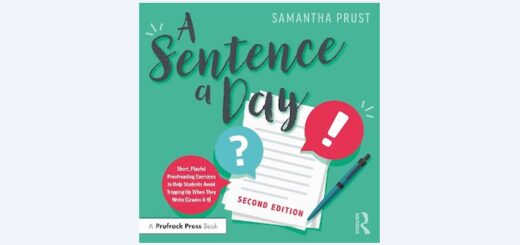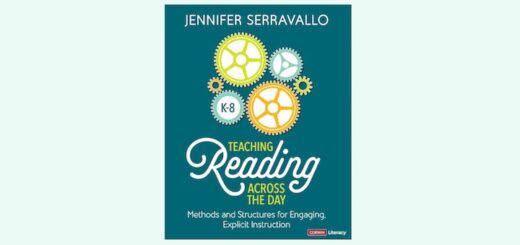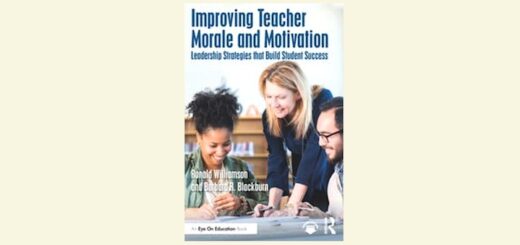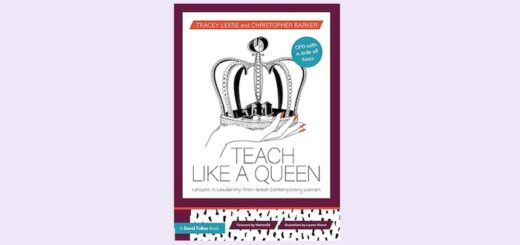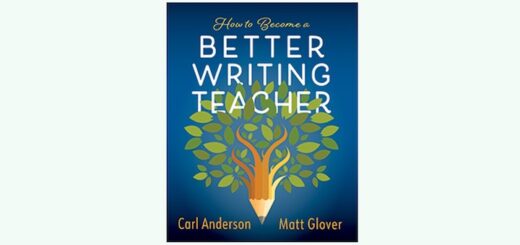Teaching and learning in grades 4-8
Students choose books with different purposes in mind and learning how to make good choices is an important life skill. But what about making the choice to abandon a book? Lynne Dorfman has teaching tips to share with readers when a book just doesn’t spark their interest.
Discover what educators and students can do when they believe success is possible for language learners. Tan Huynh highlights five research-based principles developed by Dr. Andrea Honigsfeld, whose essential book includes effective teacher strategies from around the world.
Barbara R. Blackburn and Melissa Miles show how a re-interpretation of “rigor” can boost ELA and social studies engagement and learning in grades K-5. Teacher educator Linda Biondi notes the authors offer easily implemented solutions along with thought provoking questions.
“Let’s face it, adolescence isn’t plump full of safety and confidence. It’s a developmental stage in which students want and need to be connected and valued.” No wonder middle schoolers dread the “correction” approach to grammar. Jeff Anderson and Travis Leech have found a better way.
Sunny Nwazue discovers she is a witch in Nnedi Okorafor’s novel about how a girl raised amid Nigerian-American culture experiences tween life in Nigeria. Dina Strasser recommends the book for its overt tackling of racism, ableism, and sexism as well as its narrative magic.
To encourage her seventh graders’ reading, Katie Durkin finds herself constantly searching for new ways to keep books in the hands of students. She shares four sustainable practices she uses throughout the school year to plant the seeds of reading with her students.
There will always be learning goals that call for written responses. But if we aren’t careful, we can end up turning our checks for understanding into tests of writing. Curtis Chandler shares tools and strategies he uses to make sure every student shows what they know.
Sparking Student Motivation is a tool-rich resource that educator Sarah Pennington recommends to any teacher who is open to deep self-reflection and ready to make changes in their practice and classroom culture that will increase student engagement with learning.
When his two middle schoolers wondered about a tree house, principal Matt Renwick’s bright idea was to engage them in an at-home Genius Hour project. His three take-aways from the experience can help us understand the teacher’s role in creative learning and risk-taking.
Every co-teaching partnership has a story. One of language specialist Tan Huynh’s partnerships started off rough but became the most collaborative team-up in all his years teaching. Why? They created a schedule that included co-planning time and used the time strategically.


